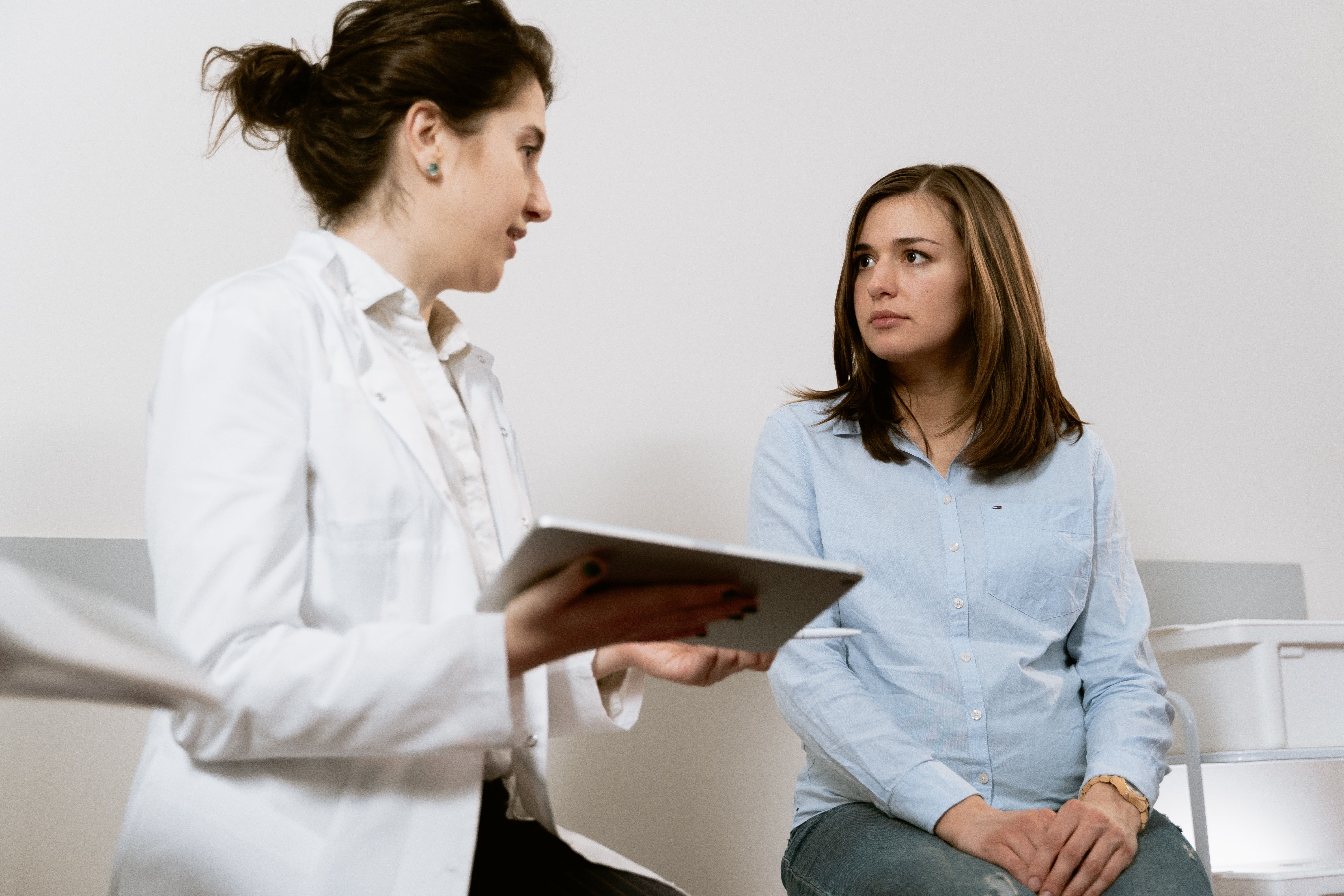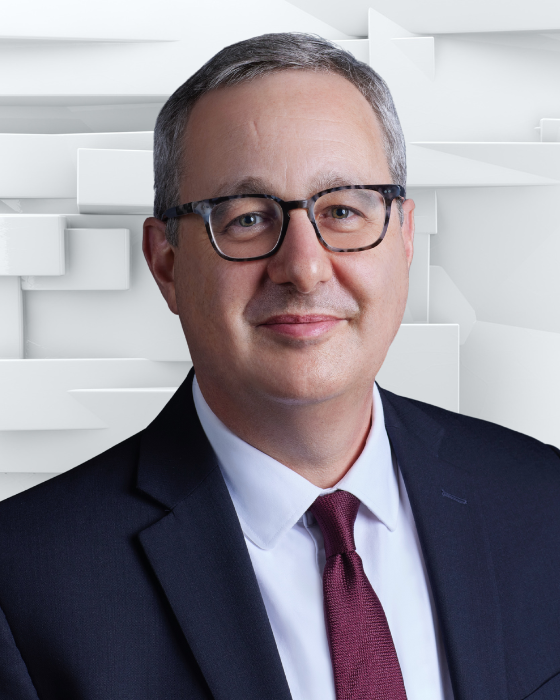Article
Nearly One-Third of IBD Patients Switch Treatments Following First Biologic
Author(s):
Biologics account for significant healthcare-related costs for patients with either ulcerative colitis or Crohn’s disease.

More research is needed to determine cost-related trends for patients with inflammatory bowel disease (IBD) who are treated with biologics.
A team, Mirabella Zhao, Gastro Unit, Medical Division, Hvidovre Hospital, University of Copenhagen, investigated trends in biological use and surgery rates in a nationwide cohort of biological-naïve patients with IBD.
In recent years, clinicians have expanded their armamentarium to include new biological drugs for the management of IBD. However, there is not much data from real-world studies about treatment persistence and the impact of biologicals on surgery.
“Real-world findings as to the impact of biological treatments on long-term outcomes in IBD patients have been less consistent and, despite their presumed potential to alter the natural disease course of IBD, rates of primary and secondary non-response to biological agents remain high,” the authors wrote. “Despite increasing access to biosimilars, which are expected to yield significant cost reductions in the future, biologicals have become the main driver of direct health costs associated with IBD.”
Costs of Biologics
Biologics currently account for 70% of total costs for patients with ulcerative colitis and 50% of total healthcare costs for patients with Crohn’s disease.
In the study, the investigators examined patients with IBD who initiated biological treatment between 2011-2018. Each patient was part of the Danish National Patient Registry with data on the use of biologicals, surgeries, and healthcare costs available.
There was a total of 6036 cases of IBD identified, 51% of which were ulcerative colitis and 49% of which were Crohn’s disease. The cumulative use of biologicals increased from 5.0-10.8% among patients with ulcerative colitis and from 8.9-14.5% for patients with Crohn’s disease. The majority of patients started biological treatment between 18-40 years, with a trend toward earlier initiation of treatment in patients with Crohn’s disease.
Treatment Trends
About half of patients began biologic treatment within 2 years of their initial diagnosis of Crohn’s disease or ulcerative colitis.
Overall, infliximab was the most-prescribed first-line biological for IBD and treatment persistence was 44.3% and 16.9% after 1 and 3 years for patients with ulcerative colitis and 59.9% and 33.6% for patients with Crohn’s disease.
In addition, less than a third (32.8%) of patients switched to a second biological, while surgery rates decreased in both IBD groups (ulcerative colitis: P = 0.015; Crohn’s disease: P = 0.008). However, this only remained significant for ulcerative colitis in the Cox regression model (P = 0.002).
Finally, both outpatient and surgical costs fell among patients with either ulcerative colitis or Crohn’s disease.
“Persistence rates for first-line biologicals among IBD patients were low and one-third switched treatment,” the authors wrote. “Surgery rates and direct costs decreased over time, but whether this is related to the use of biologicals has yet to be determined.”
The study, “Trends in the use of biologicals and their treatment outcomes among patients with inflammatory bowel diseases – a Danish nationwide cohort study,” was published online in Alimentary Pharmacology and Therapeutics.




